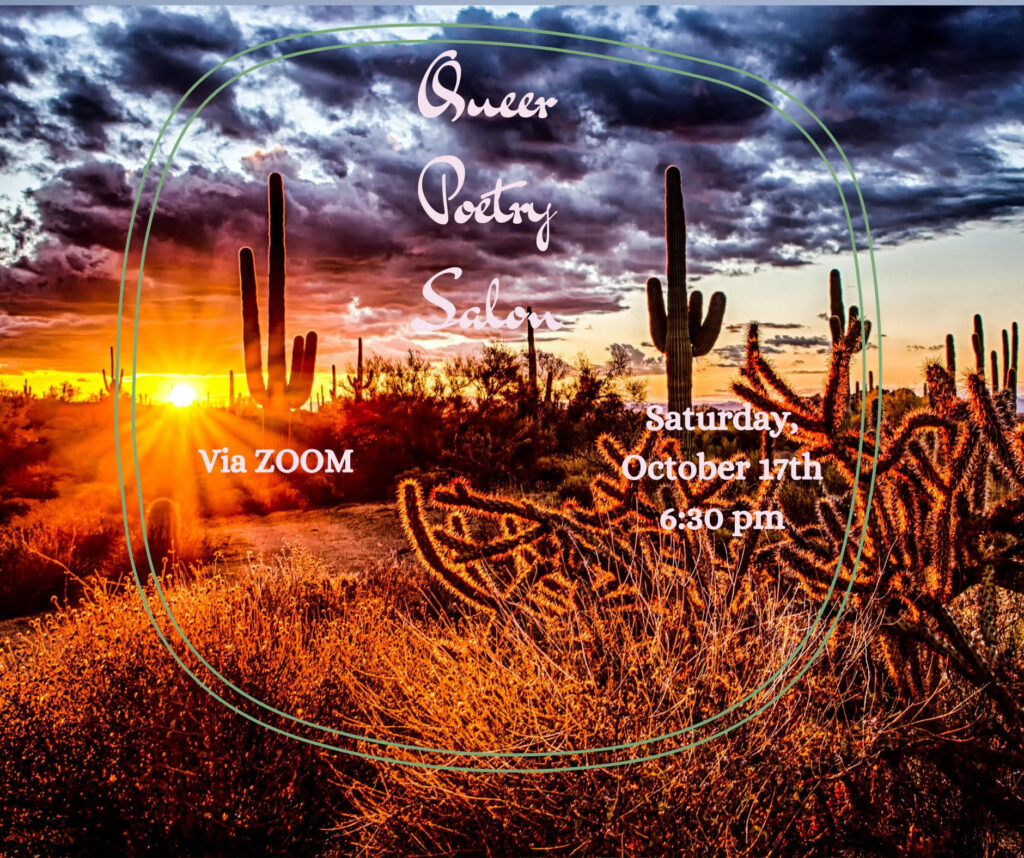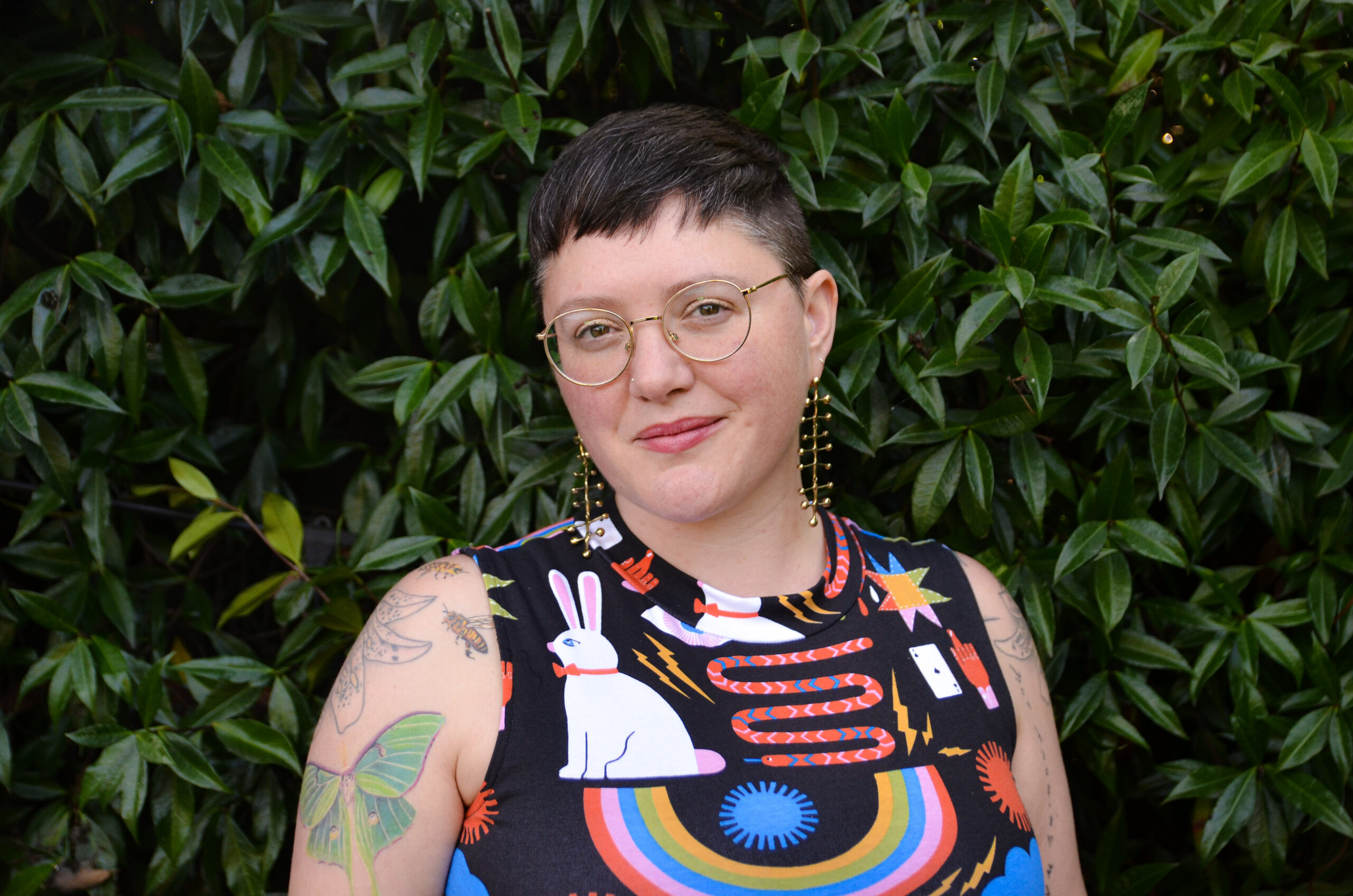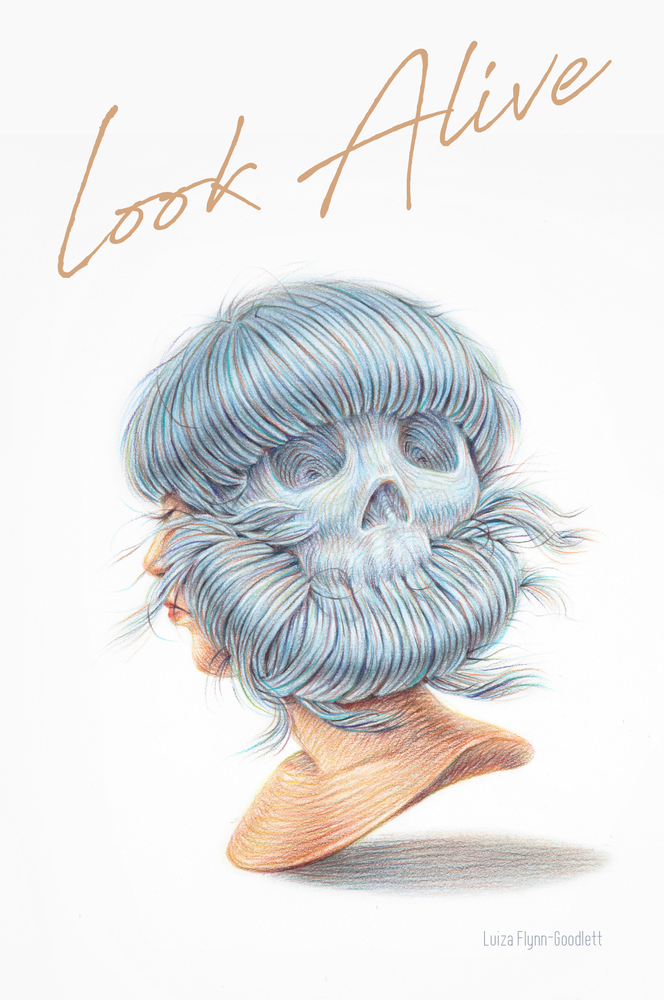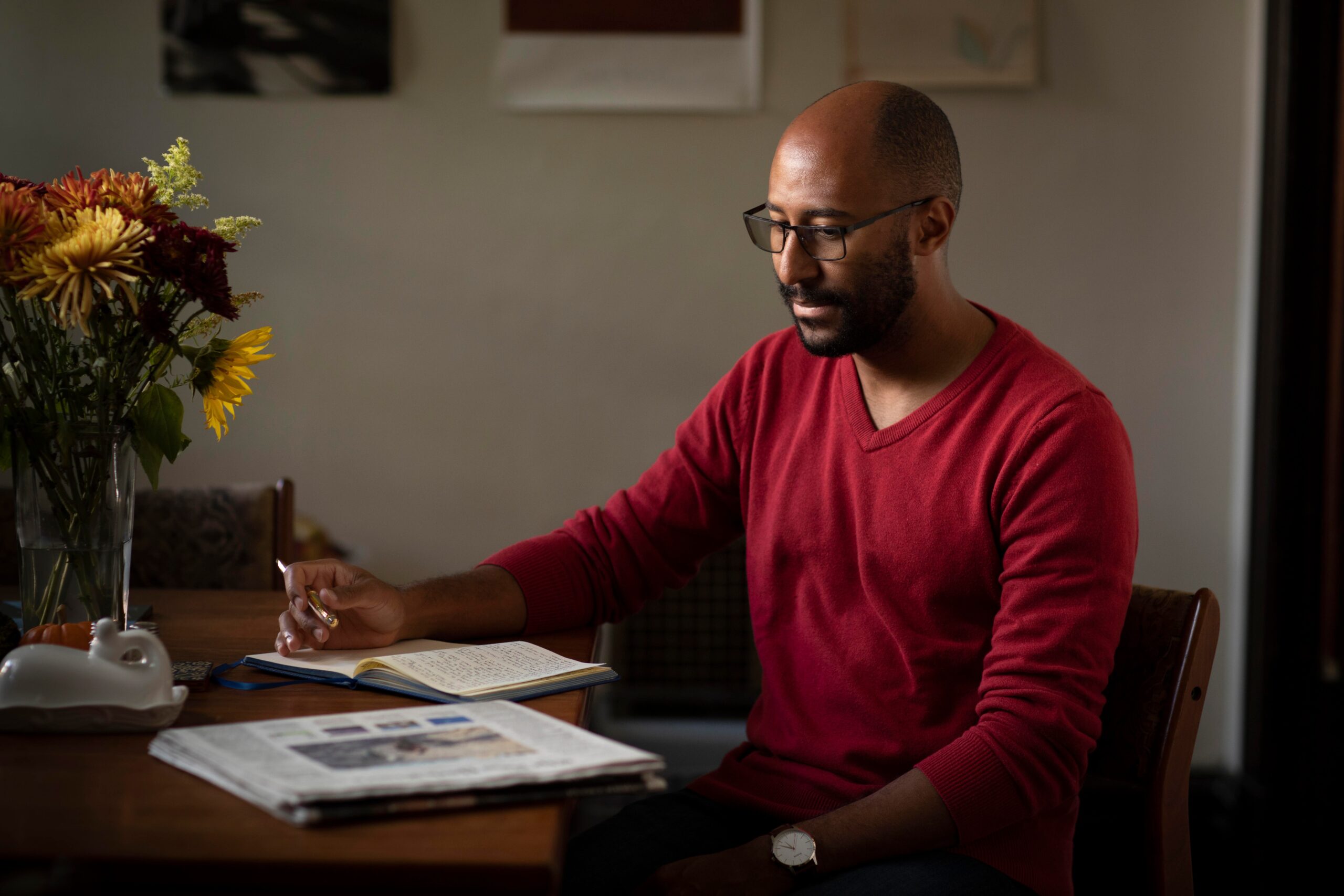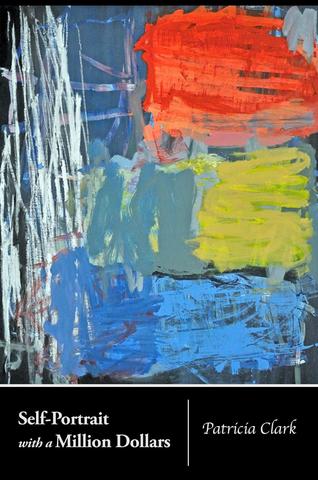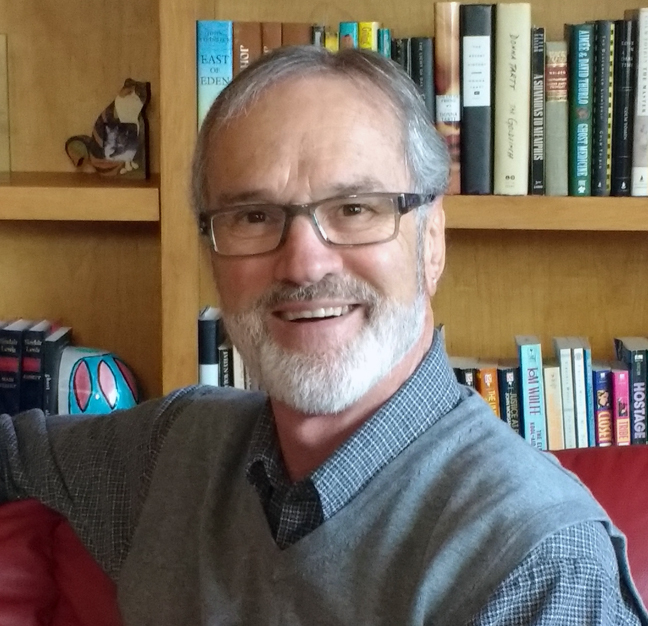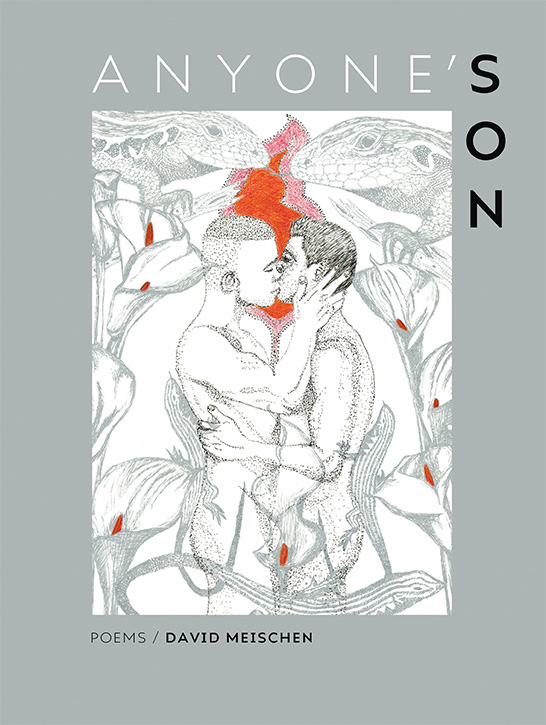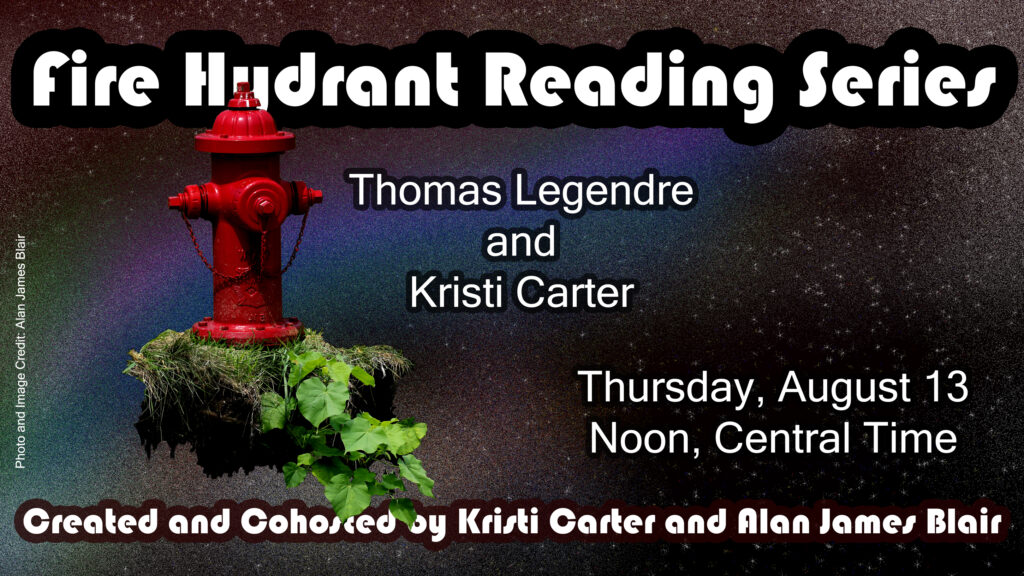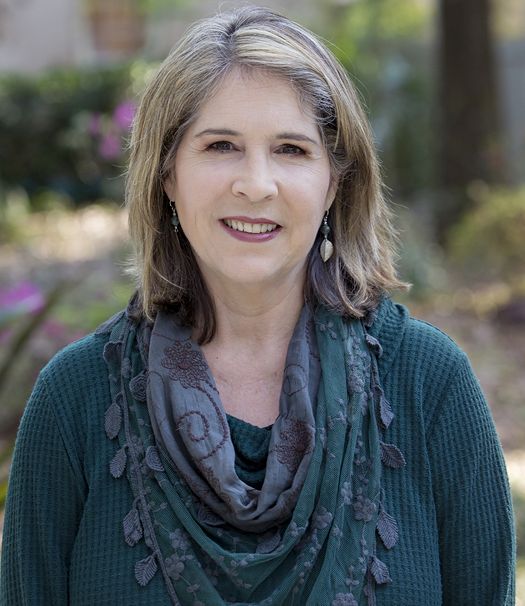
This interview about Ryan Greene’s translation and collages was conducted via email by Art Editor Anna Campbell.
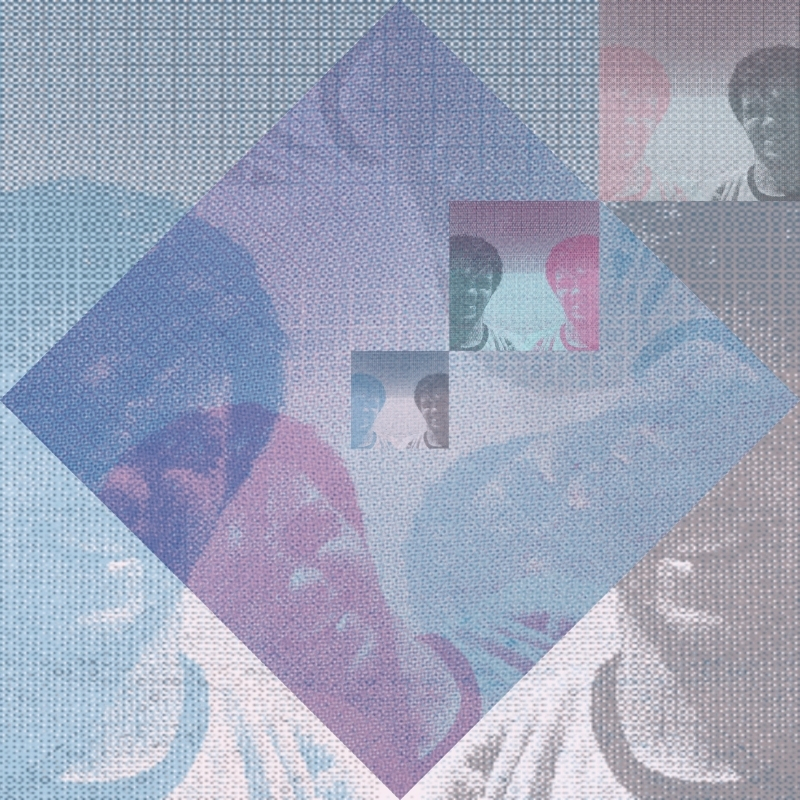
Ryan Greene likes text + image. He has exhibited visual poetry rooted in infectious disease biology, coordinated installations of multimedia work by artist-scientists, and published handmade books of poetry/collage by local artist-writers. He is the instigator behind F*%K IF I KNOW//BOOKS and he dreams of bilingual, immersive public poetry projects. Like Collier, the ground he stands on is not his ground.
Superstition Review: You work as a translator of poems from Spanish to English as well as with creating collages. How would you define the relationship between these forms of art?
Ryan Greene: Both collage and literary translation involve a type of friction. A rubbing up of edges. A joy in the sound of that scrape. A question of when one thing ends and another begins. Put differently, both translation and collage are rooted in a convergence that results from [and in!] a kaleidoscopic, and often cacophonous, conversation between context, authorship, and collaborative creativity.
All that sounds kind of floofy though…
To be more concrete, I am drawn to collage and translation because of the “layered-ness” of their many moving parts. In collage, I like that I can take scraps and snippets from many sources and ask them to share the same space. Torn advertisements and ripped photographs and scrawled text all mingling, fighting, love-making, whatever. A COMMUNITY COHABITATING THE PAGE! There’s a charge that becomes possible when these different components live together.
When translating poems, there’s a similar tangling. The original text/author and all of its/their context comes into conversation with the translated text/me and all of its/my context. In other words, translation becomes the work of re-mapping one composite object [the original poem and its interplay of rhythm, sound, repetition, breath, space on the page, idiom, register, personal/political/historical context, etc.] into another composite object [my translation written in my english]. Navigating this poetic web of relations can be sticky, AND it’s part of what keeps me coming back to translation over and over again.
SR: Can you explain your process for translation?
RG: I think about my translation process at two primary scales:
At the level of my body, I often feel like I’m in an airplane cockpit with an overstimulating array of buttons and lights flashing in front of me. I typically translate on a computer, and I tend to get set up in nearly the same way every time. On the left half of my screen, I have the original text displayed. On the right hand of my screen I have the document where I am translating and an internet browser window with several tabs [typically Wordreference, DeepL translator/Linguee, an English thesaurus, an English dictionary, Google images, and a Google web search page]. As I work on my translation, I toggle back and forth between the various resources that I need, stopping to do research when necessary. Depending on the poem, I may end up using additional references to supplement the ones listed above. For instance, when I was first translating the collection Tránsito [Transit] by Claudina Domingo, I spent a lot of time using Google Maps street view to explore the various street corners and neighborhoods that she mentions in the poems. Having this extra visual context was a huge help when working on the early drafts of the book.
At the level of the project, my translation process often looks like this…
- I read a poem and I get an itch to translate it.
- If the author’s alive, I do my best to get in contact. This can be straightforward, or it can involve various grapevine gymnastics.
- Eventually [to my eternal amazement and delight!], I’m typically able to get in touch and begin an email correspondence letting them know that I’m interested in translating their poem[s].
- I’ll start working on my translations, highlighting questions/options/alternatives along the way. This can involve several drafts.
- Next I’ll get in touch with a trusted friend [or friends] to read over the translations, and we’ll discuss possible edits and brainstorm solutions to various snaggles.
- After this first round of edits, I’ll do another bit of smoothing/tightening and then spend time talking with the poet to clarify questions, discuss possibilities, and get additional context.
- At this point, I’ll go back to my drafts, make adjustments based on our conversation[s] and let the poems marinate.
- After this percolation stage [anywhere from a few days to a few weeks] I’ll revisit the poems to make some final adjustments and to clarify any remaining questions with the author.
- Then, finally, I feel ready to start finding ways to share the poems more publicly.
It’s important that I emphasize, the list above is a generalization. My process is sometimes far more condensed, and other times far more convoluted. Also, I must say in all caps that I DO NOT BELIEVE IN DEFINITIVE TRANSLATIONS. This means that I often will revisit translations even after they are published to make changes, return to earlier versions, or try out new approaches. Each translation I make is just that, a translation.
Also, I want to highlight that my translation process relies heavily on collaboration. Collaboration is built into my conversations with the author, my editing/brainstorming with friends, and ultimately with all the translators whose work has shaped me and my own approach. Also, in the past year, I have been more intentionally experimenting with collaborative translation involving multiple translators in the entirety of the translation process. Here is an interactive portal that documents a collaborative translation experiment I completed with my friend Janice Gan using a poem by Elena Salamanca. It is a multimedia attempt to visibilize the often invisible parts of the translation process.
SR: Can you discuss your collage making process, both hand-cut and digital?
RG: For hand-cut collage, I tend to take that pretty literally. In the past, I used scissors and sometimes an X-acto, but these days I almost exclusively use my fingers to make the “cuts.” In 2019 I met Jocelyn Samayoa at the Tijuana Zine Festival and I was moved by her commitment to hand ripping each scrap of her collages. The added time and effort this takes adds something to the process. An intimacy? A tangibility? A concision? Whatever it is, I like it, and I think it’s good for me not just to accept, but to CELEBRATE, rough edges!
When I’m making digital collages, I find that I’m much less decisive. I tend to work in bursts. Trying out ideas. Piling on images and snippets from different sources. Then trashing and rehashing. Sifting and shifting. Flipping it all upside down and seeing what sticks. What this means is that my digital collages often include multiple versions of the same images with different sizes, crops, transformations, opacities, etc. This repetition and overlay is where I find my favorite textures emerging!
One thing I’ll add is that I rarely, if ever, make collages that do not include at least some text. On the flip side, I rarely, if ever, make poems that do not include at least some visual elements. So I guess image + text serves as a gravitational center for me. A good example might be this goofy clickbait sonnet I made earlier this year as a part of a fleeting pandemic writing group with co-workers.
SR: What does your physical workspace or studio look like? What is one thing you must have with you as you work?
RG: My primary creative endeavors are translation, collage, bookmaking, and poetry. I am currently subletting a friend’s apartment, and due to the pandemic, most of my “making” happens right here! This means that under my [friend’s] bed there are two paper cutters [borrowed from the Cardboard House Press Cartonera Collective], several reams of paper, stacks of salvaged magazines for collaging, and partially completed books. The space under my [friend’s] nightstand is the home of my trusty saddle stitch stapler. On my [friend’s] desk, there is a computer where I do my writing and digital collage work. Next to the desk is a scanner that I recently inherited from another friend. This is where I have been digitizing my own hand-made work as well as the work of friends. In the closet, I have stacked some additional bookmaking supplies above and below my clothes. In the kitchen/living room, there are two small tables where I set up the paper cutters when I’m working on making books. Under one of these tables I’ve stashed a box with finished books and the guts and limbs of books in process. So I guess you could call it a live/work studio…Ha!
SR: How has the pandemic affected your art and process?
RG: Most of my art is done at home now. I used to facilitate bookmaking workshops for the Cardboard House Press Cartonera Collective at Palabras Bilingual Bookstore every week. This was a central part of my community and my support network. Finding new ways to not just maintain, but build, creative community has been difficult, but not impossible. For instance, in September [National Translation Month], I co-coordinated a translation celebration called BOCALLAGE//COLLAGEMOUTH with two other local translators [Mary Hope Whitehead Lee and Claudia Nuñez de Ibieta]. The reading featured poetry by seven womxn writing in Spanish from the Americas, the Caribbean, and Central Africa and was a wonderful reminder that even in a pandemic, we can [and must!] continue to work intergenerationally, interlingually, and interculturally.
One interesting shift for me in this time is that I’ve had more opportunities to read publicly with the poets whose work I translate. Given that most of the poets I collaborate with live in different countries, it’s rare that we are able to be together in person for an event. Since most readings are taking place online these days, the opportunities for reading together have multiplied. No travel necessary! Being able to share the poems bilingually has been a true treat, and something that I hope to continue going forward.
SR: How is your work touched by social justice?
RG: My translation practice has been greatly informed by the “language justice and language experimentation collaborative” Antena Aire, co-founded by Jen Hofer and JD Pluecker. Their collective (and individual!) work has provided me with both theoretical and practical frameworks to approach my own translations. I return again and again to this section from their Manifesto for Ultratranslation:
We recognize how translation has been used, is used and might still be used as a tool of conquest, assimilation, or domestication…Ultratranslation is a process of working against languages that seek to dominate. At the most basic level, the message of translation: there is something being said elsewhere that is of crucial importance for us here (in this language) to hear. It is worth great effort to listen to that “something elsewhere.” Ultratranslation would not bring something elsewhere into a dominant language (English, for instance) in a smooth, seductive, unproblematized way, as if to suggest that now “we” “understand” “you.” Ultratranslation nudges dominant languages away from dominance, toward the space between original and translation. Into the space of the ultra.
Here, there is a recognition of translation’s non-neutrality. And so the question becomes, how do I choose to use translation? For me, I think a lot about voice and leverage. Because I am a white, cis-het, well-off, English-speaking, male, U.S. citizen, my voice is undeniably [and undeservedly] privileged. As a translator, I’m always looking for ways to leverage that undeserved power in order to amplify the voices of the undersung poets with whom I collaborate [most of whom are womxn, none of whom are widely known in English, and several of whom identify as queer]. As a publisher and cultural worker, I’m also always looking for ways to celebrate [and learn from] the voices of undersung translators in my community who do not have the same privileges I do and whose work is undercelebrated within the undercelebrated world of translation.
At the level of the text, I return again to Jen and JD’s demand to “[nudge] dominant languages away from dominance….” Ringing in my ears is always the voice of Mónica de la Torre, who argues that “voice necessarily ventriloquizes, necessarily voices.” In other words, all voice [and therefore all writing] is chorus…is collage. For me, that means that the original text I’m translating is not in capital “S” Spanish, but in the particular composite spanish that belongs to the poet with whom I’m collaborating. In turn, as a translator I am bringing the poem into my particular composite english. My question, then, when translating is how to use my own english to push and prod capital “E” English outside its comfort zone while also doing honor to the original poem [and poet]. I’m a translator in progress and this is a direction in which I’m hoping to grow.
In my collage work, I’ve been thinking a lot about how collage as a medium can enact the type of world that I’m dreaming toward. I remember working on a poetry/collage/sculpture thing back in 2016 just before and after the election. In that project, I was specifically exploring the connections between the xenophobic language of the trump machine and the types of language used in the world of immunology. In both, there is assumption of a body [think nation] that is at constant threat of infection [think immigration] and that seeks to protect itself through maintenance of barriers [think borders] and vigilant surveillance [think border patrol, think police]. Four years later, in the lead-up to a mid-pandemic election with nationalist, law-and-order rhetoric at full volume, I’ve been reflecting on that project. I’m convinced there’s something to learn from collage, whose primary charge [and potential] stems from the juxtaposition of difference.
SR: What are your upcoming projects?
RG: On the translation front, I recently finished working on a series of political performance poems by Elena Salamanca called Landsmoder, and I am now in the process of trying to publish the full manuscript. Some individual poems are available here and here. I also finished working with Claudina Domingo on her sprawling collection of poems centered on Mexico City called Tránsito [Transit]. I am similarly in the process of submitting the full manuscript to publishers. A selection of the poems are available here, here, and here. In terms of translation projects in progress, I’m working on a book of poems called El Nuevo Mundo I [The New World I] by Yaxkin Melchy, which is the first of five full-length collections that comprise his decade-in-the-making poetic project EL NUEVO MUNDO [THE NEW WORLD]. The first translations from The New World I will be coming out in the next issue of ANMLY. I am also working on translating a book of poems called GAME[R] OVER by Giancarlo Huapaya which explores the nexus of late capitalism, digitality, and USA-brand racism, xenophobia, and exoticization. The first set of translations will be coming out in issue 17 of Tripwire.
On the collage front, I’m working on a digitally-mediated poetic project called SPACE ROCK. Broadly speaking, it’s an exploration of “faithstuff” that includes contributions from nearly 30 friends and loved ones. Several portions of the text will be a mixing and mashing of the various things people have sent me. In this way, the project is rooted in a spirit of textual collage. Additionally, I am going to be creating several digital collages [visual] that will be incorporated into the online interface for the project. SPACE ROCK is a bit of a slow-burner, so I’m sure to be working on it for a while ☺
Lastly, as I mentioned earlier, I do a lot of bookmaking. I’m currently working on several projects with friends around the Valley. I’m working on a small comic with a 8-year-old friend named Keenan. I’m working on helping to publish my friend Sean Avery’s forthcoming audio/textual poetry/essay collection called 808s & Otherworlds. I’m collaborating with my friend Raji Ganesan to make a book object for a series of rituals/meditations she’s getting ready to share. I am working with my friend Shaunté Glover to publish a collection of Instagram collage poems called A Series of Journal Entries Disguised as Poetry: Written by a Lesbian. I have also been collaborating with my friend June Powers to publish her first three chapbooks of poetry. We are getting ready to launch all three very soon! Lastly, I’m finishing up a print run of a project called 4M Books: Vol. 1 that is a bilingual, bidirectional, four-in-one book featuring four local authors writing in English and Spanish.
